Another bike goes 'wireless-specific' – SRAM and Ribble Cycles create a tech-focussed titanium gravel prototype
One-off build aims to showcase SRAM's XPLR range and wireless eTap AXS shifting
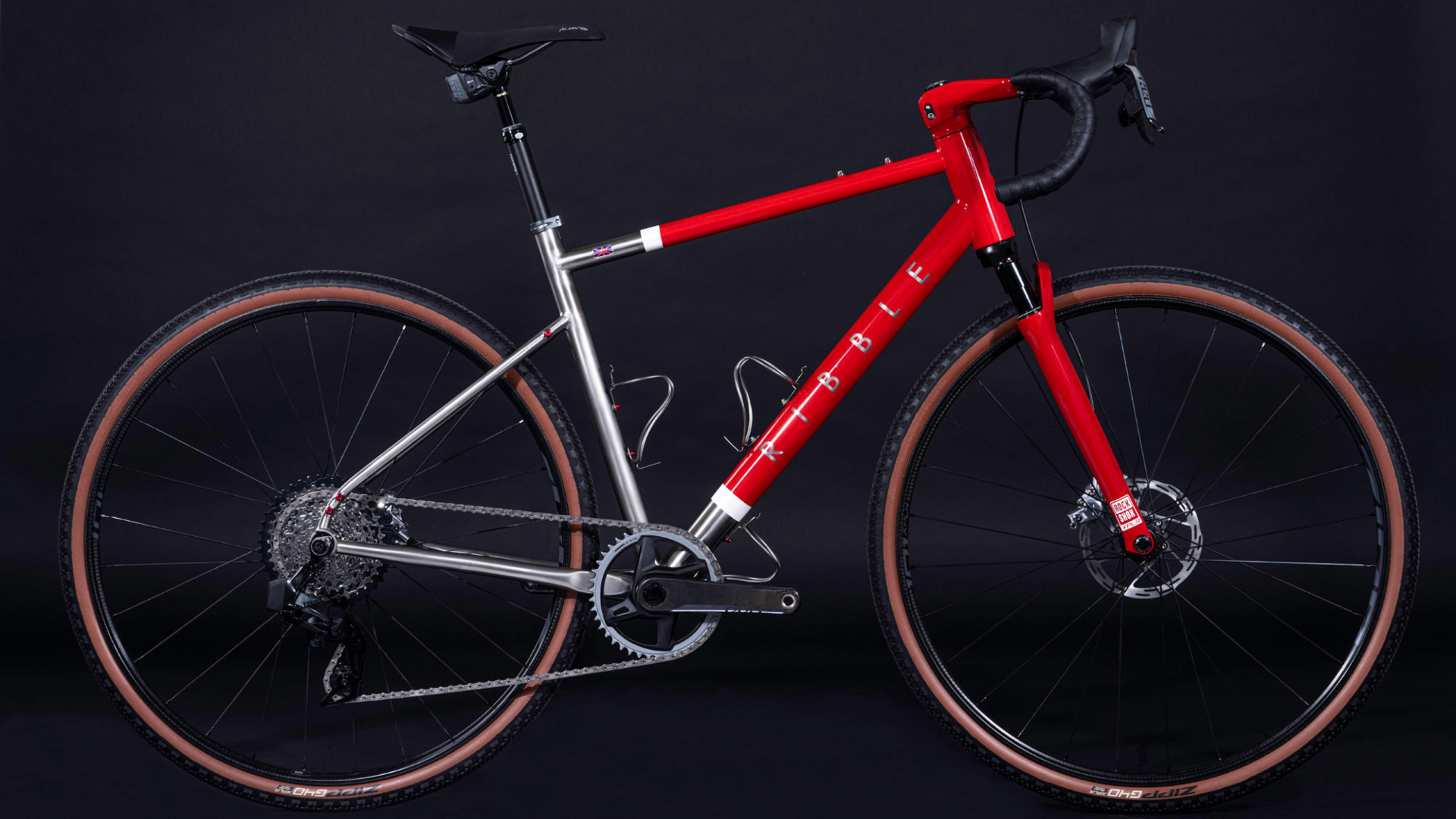
The modern gravel bike is a product of combined worlds; an intersection where road and mountain meet. In keeping with the spirit of collaboration, SRAM and Ribble Cycles have joined forces to create a one-off machine that sits at the rugged end of the spectrum.
Seeking to “maximise the benefits” of SRAM’s XPLR range of dedicated gravel components, as well as its wireless eTap AXS shifting, Ribble has designed a bespoke titanium frame for the occasion.
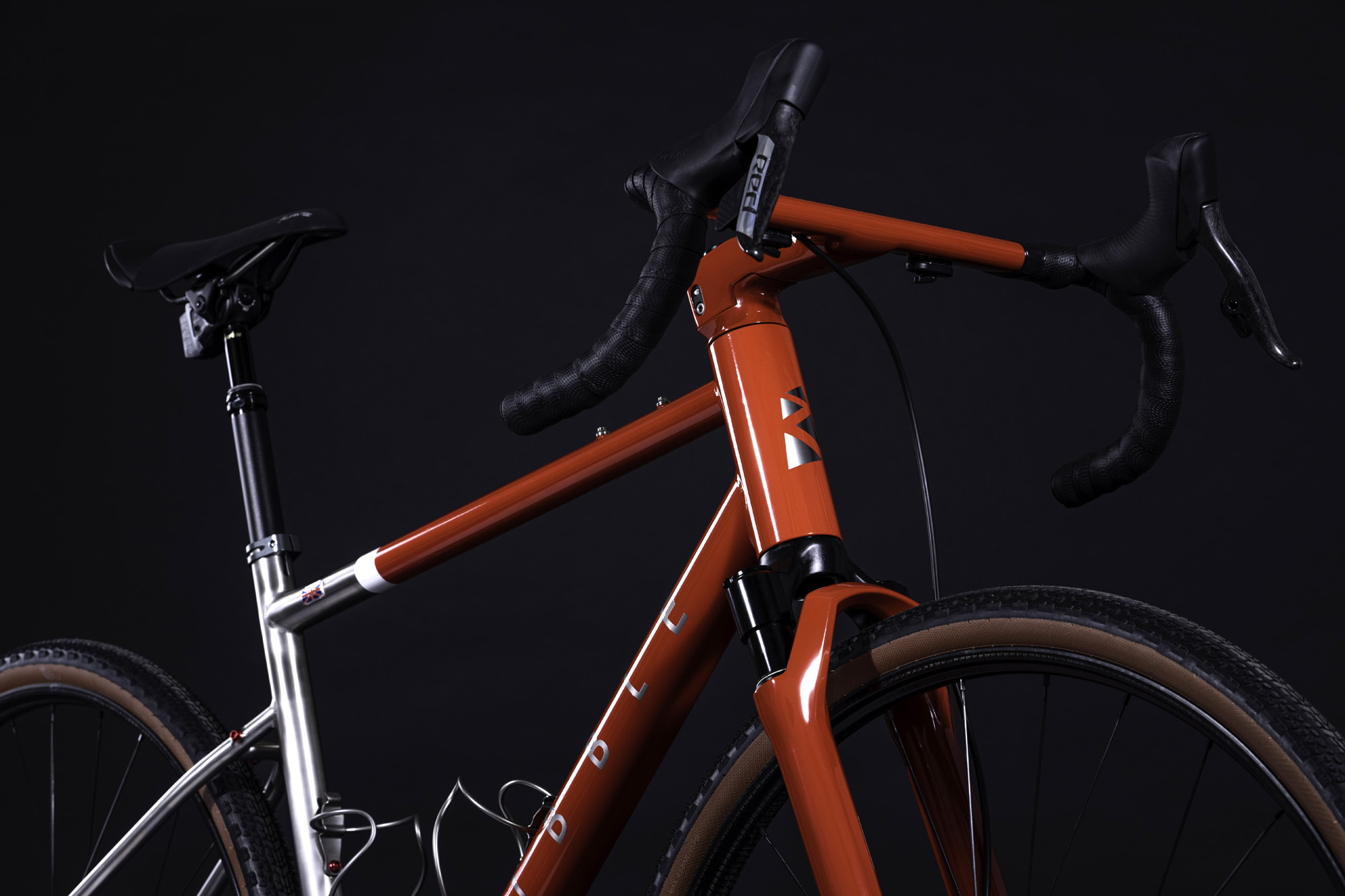
If the bike looks familiar, that's because it's based around the UK brand’s existing Gravel Ti frame. The difference here is it has been created exclusively for SRAM’s wireless groupsets, with no cable entry or exit ports for the derailleurs.
We've previously seen this highly specific approach to bike design from fellow British brand, Vielo, which boasts a suite of road and gravel 'wireless-specific' models. But whilst Vielo has been working in carbon, Ribble has chosen to first take this approach with a titanium frame.
Either way – and whether you're a fan or not – it seems that momentum is certainly building for groupset specificity.
Compared to Ribble's exiting Gravel Ti offering, the fork on this new prototype differs too; the standard carbon gravel model has been replaced by a RockShox Rudy XPLR fork, which provides 30mm of travel.
We reviewed one on release and found them to deliver additional comfort and control over challenging terrain. To better accommodate the suspension forks the headtube appears to have been beefed up considerably.
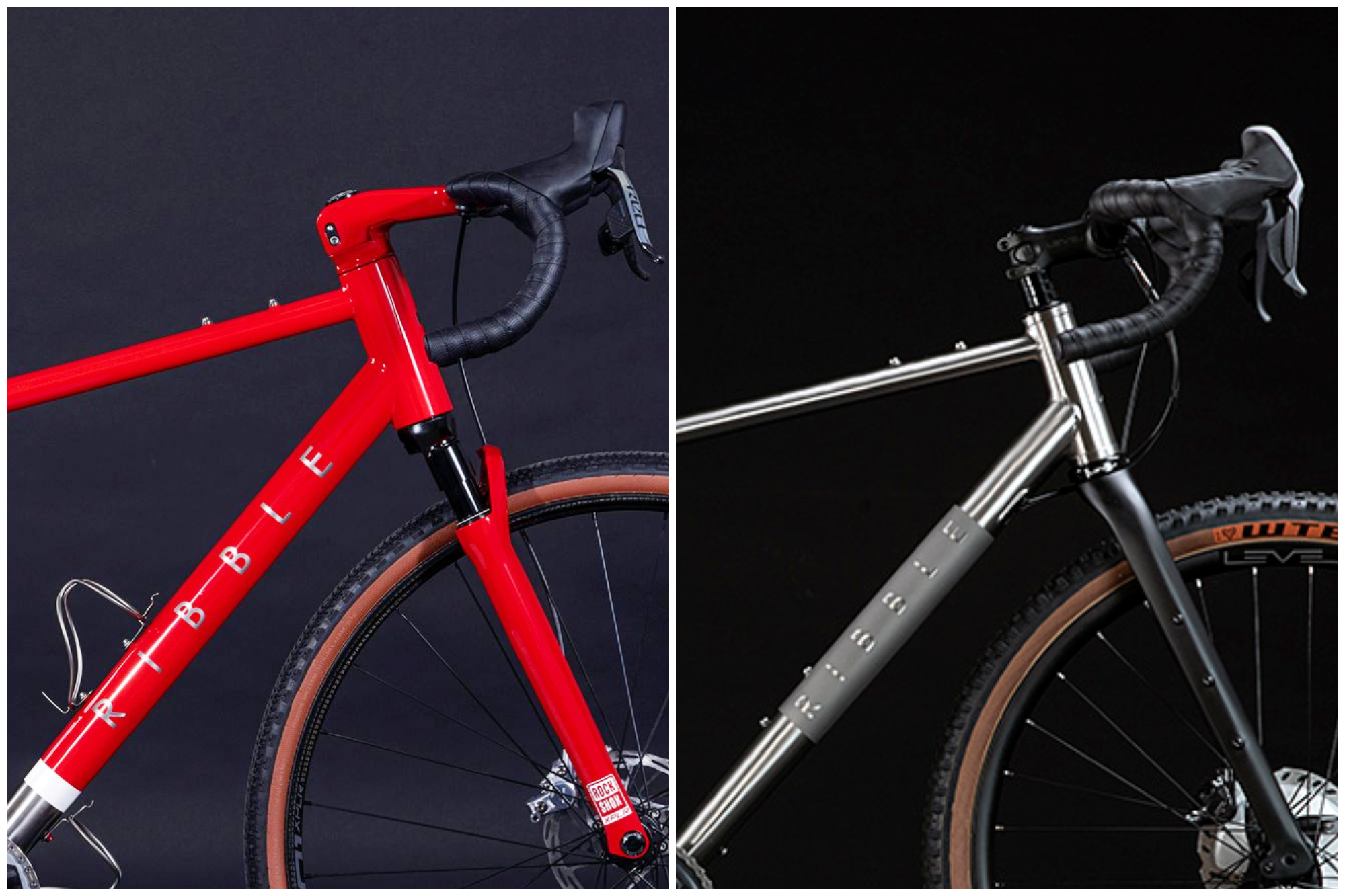
“Our R&D team has worked in conjunction with SRAM to create this unique gravel frame. We’re always developing and looking at ways to further enhance the performance of our bikes through R&D embracing the latest technology – the AXS wireless system allowed us to go beyond existing bike frame design constraints, creating a prototype for our ‘cleanest’ gravel optimised Titanium frame to date,” says Jamie Burrow, Head of Product at Ribble. “This prototype is a beautiful combination of refined design, wireless gearing and suspension technology to create a fantastic off-road machine capable of extreme gravel adventures and racing.
Made using 3Al/2.5V triple-butted titanium, the frame geometry appears to focus on stability and comfort. Given the number of frame bosses that allow for plenty of bikepacking accessories it seems a sensible approach. While no numbers were provided for the bespoke bike, the chainstay length looks generous, as does the tyre clearance. The dropped seat stays should also add some additional comfort alongside those RockShox forks.
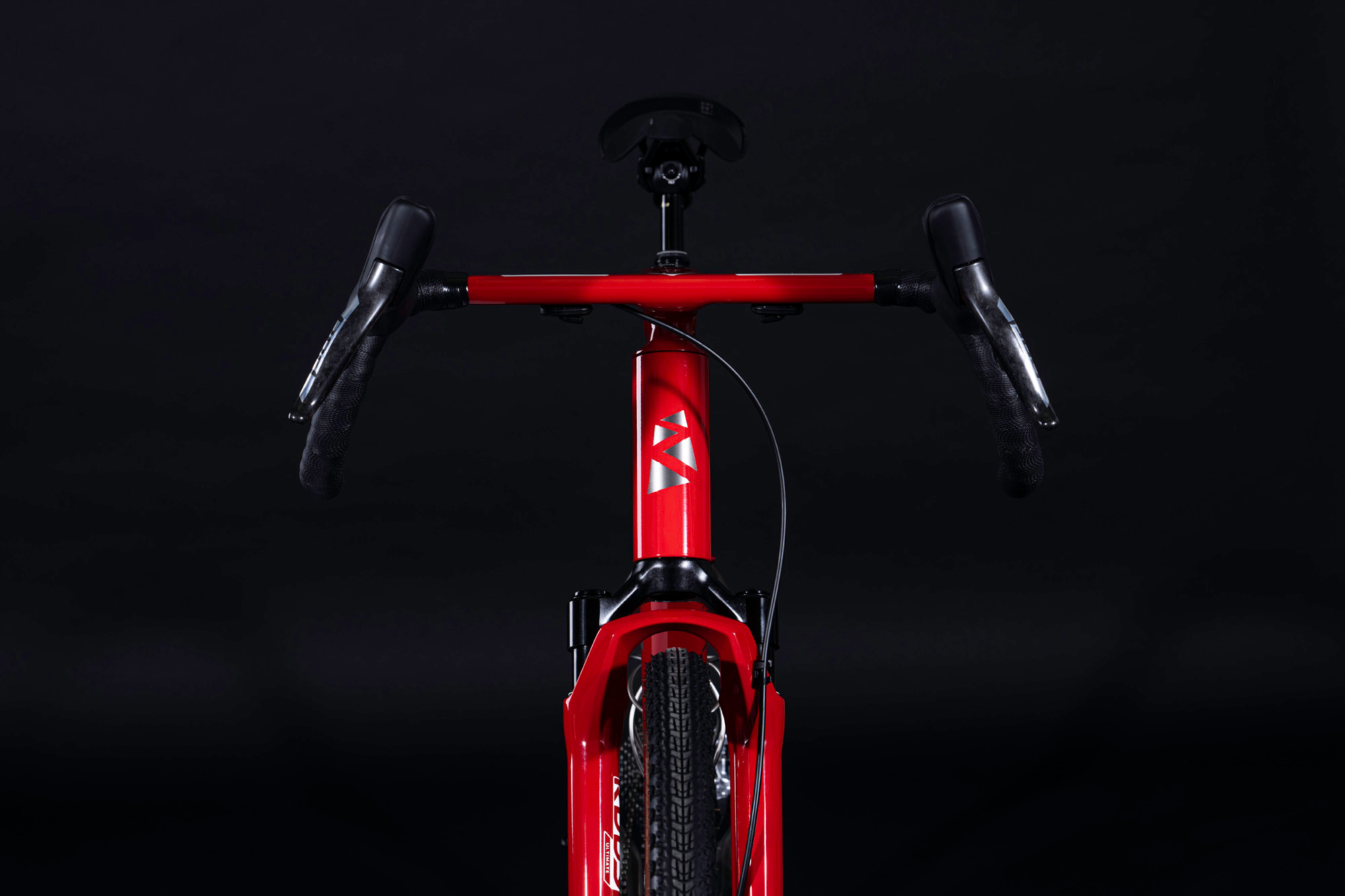
As well as the aforementioned forks, SRAM’s XPLR range also includes a rear derailleur that’s designed to work with a 44t cassette, a set of gravel hoops from sister company Zipp and a RockShox Reverb AXS dropper post. All are used on this high-end build.
The XPLR rear mech forms part of a SRAM’s top-tier Red 1x groupset, which matches the wide-range cassette with a 40t chainring. Elsewhere there's hydraulic disc brakes and of course the US brand’s famous wireless shifting, which is used throughout its electronic groupset range that includes both Rival and Force.
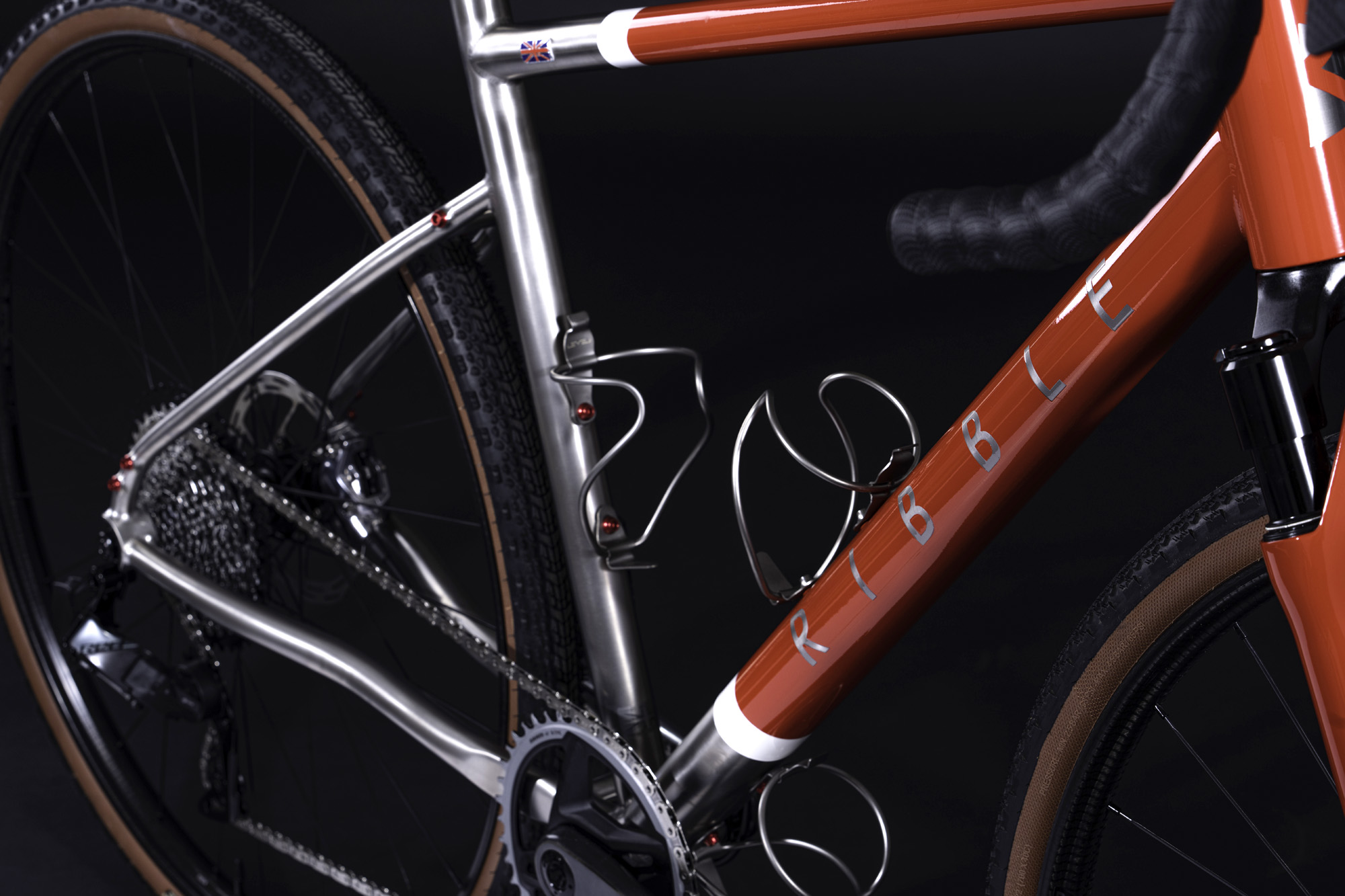
Zipp’s 101 XPLR 700c wheels are shod with matching Zipp G40 XPLR tubeless tyres. Designed using tried-and-tested tech borrowed from the mountain bike world, the wheels are certainly created for the path less travelled, and as such are a sensible pairing for both the suspension fork and the dropper seat post.
To ensure the clean aesthetics of the frame are mirrored throughout, the frame uses Ribble’s Level 5 integrated carbon gravel bar and stem.
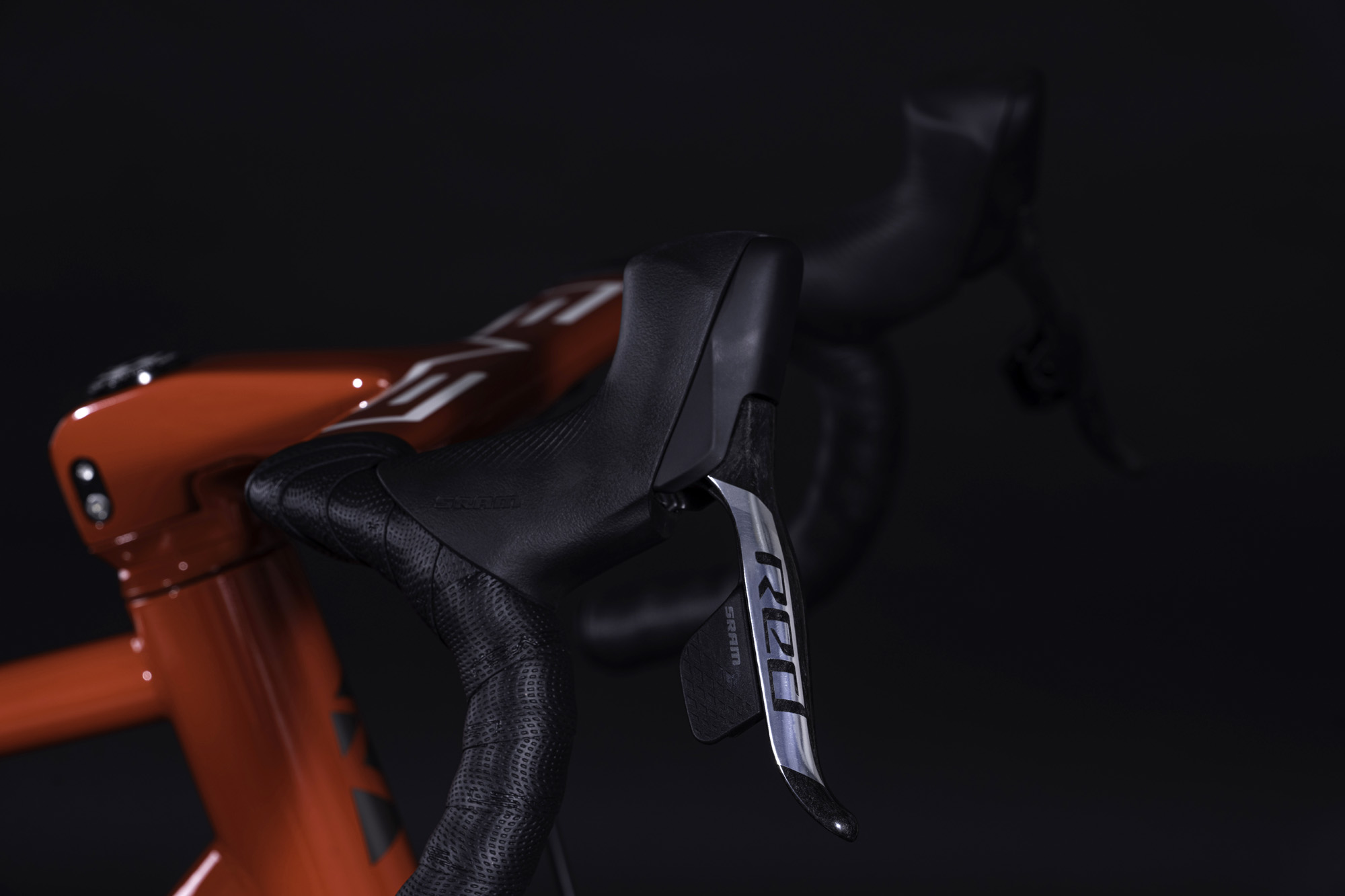
“I think it’s exciting to see a frame designer and manufacturer fully embrace and optimise around our SRAM eTap AXS wireless shifting and RockShox Gravel specific technology,” says Stu Bowers, SRAM Partnership Marketing Specialist, Northern Europe. “Personally having unused holes and/or cable entry ports in frames that are blanked off with plastic covers or bungs has always been a slight bugbear of mine, so creating a high performance frame devoid of these is great, and delivers a super-clean look.”
Befitting its prototype status there’s currently no availability date or price for this ‘meeting of minds’ gravel bike.
Ribble Gravel Ti x SRAM eTap AXS specs
- Frame: Ribble Gravel Ti (3Al/2.5V Titanium) - designed specifically for SRAM AXS wireless groupsets with no cable entry/exit ports
- Forks: RockShox Rudy Ultimate XPLR suspension fork (30mm travel)
- Groupset: SRAM Red 1x eTap AXS with XPLR rear derailleur
- Wheels: Zipp 101 XPLR
- Tyres: Zipp G40 XPLR
- Cockpit: Ribble LEVEL 5 Integrated carbon gravel bar and stem
- Seatpost: RockShox Reverb AXS XPLR seat post
- Saddle: Fizik Aliante

Thank you for reading 20 articles this month* Join now for unlimited access
Enjoy your first month for just £1 / $1 / €1
*Read 5 free articles per month without a subscription

Join now for unlimited access
Try first month for just £1 / $1 / €1
Get The Leadout Newsletter
The latest race content, interviews, features, reviews and expert buying guides, direct to your inbox!
Luke Friend has worked as a writer, editor and copywriter for over twenty five years. Across books, magazines and websites, he's covered a broad range of topics for a range of clients including Major League Baseball, Golf Digest, the National Trust and the NHS. He has an MA in Professional Writing from Falmouth University and is a qualified bicycle mechanic. He has been a cycling enthusiast from an early age, partly due to watching the Tour de France on TV. He's a keen follower of bike racing to this day as well as a regular road and gravel rider.